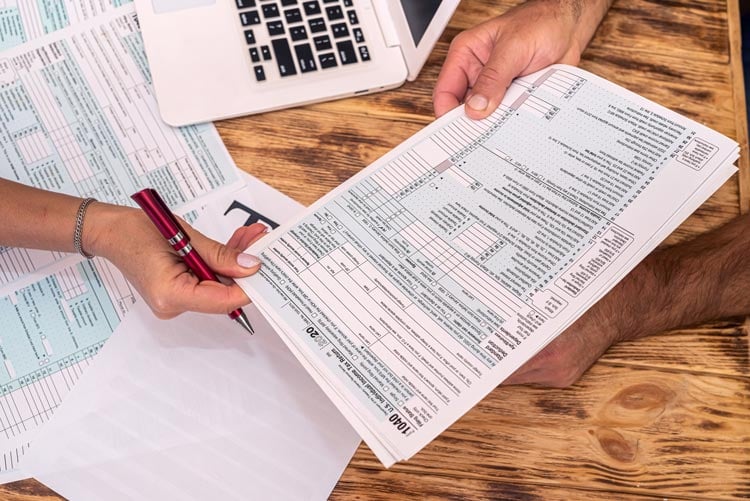Page 22 211 - 220 of 400
How Does an Improvement Exchange Work?
.jpg?width=750&height=392&name=exchange-881542122%20(2).jpg)
There’s been plenty written about the 26 U.S. Code § 1031—Exchange of Real Property Held for Productive Use or Investment. When used correctly, the like-kind exchange allows you to swap your relinquished property into a replacement one of greater or equal value. This allows you to defer capital gains taxes on the relinquished property.
Do 1031 Exchanges Get Audited?

Any tax return is subject to audit by the IRS. However, with limited resources constraining how many audits it can conduct, the IRS likes to focus on returns that show some potential (from the IRS perspective) of hitting pay dirt. As a result, the IRS audits fewer than four of every 1000 returns. Eighty-five percent of those audits are simple computer-generated requests for additional documentation. However, it's worth noting that the 2022 Inflation Reduction Act included funding for increased enforcement so that the numbers may change in the future.
Do You Need to File Form 8824 for a Reverse Exchange?

Moving quickly in a hot real estate market can mean the difference between getting a great property and a mediocre one. A 1031 exchange is a way to defer taxes on capital gains when a property is sold. However, a 1031 requires first selling your original property before you can buy the new property. That’s because a 1031 exchange uses proceeds from selling your existing property to buy the new property.
Can You Use a 1031 Exchange to Pay Off Debt?

To take full advantage of 1031 exchange tax deferral benefits, investors must follow a number of rules. Some of these rules outline the use of proceeds for paying off debt. Investors can’t use proceeds to pay off debts such as credit cards, car loans, or other personal loans. However, some debts can be paid off as long as 1031 exchange debt restrictions are followed.
What Does Adjusted Basis Mean on Form 8824?

The adjusted basis of an investment property is the basis after subtracting expenses and adding improvement-related costs. Form 8824 is used to file like-kind exchanges. The basis is a requirement for form 8824. The basis of an investment property is a little different than the basis used for properties in a 1031 exchange. In this article, we’ll look at what a basis means for form 8824.
What is a Related Party Exchange?

As we’ve mentioned in numerous blogs, 1031 exchanges come with many rules and regulations. These include in-stone deadlines, the value of relinquished and replacement properties, and eligible properties.
How Does a 1034 Exchange Work?

Once upon a time, before the late 1990s, you could sell your personal residence for a profit. The issue, however, was that the capital gains on that sale might automatically trigger a taxable event in the form of capital gains taxes. Unlike today, those tax rates were high, averaging 28%.
What is the Only Safe Harbor for Reverse Exchanges?

Many 1031 exchanges – swapping one investment property for another in order to defer capital gains and depreciation recapture tax liabilities – are completed as forward exchanges where investors sell relinquished assets and close on replacement properties within 180 days.
Can You Amend Form 8824 For a 1031 Exchange?

One of the most important documents associated with completing a 1031 exchange is IRS Form 8824 for like-kind exchanges.
Does Section 1033 Apply to Personal Property?

Investors or homeowners who are required to give up their properties due to forced conversion from eminent domain, or if their property is destroyed and condemned following a natural disaster, can complete a 1033 exchange and fully defer any realized capital gains.
Page 22 211 - 220 of 400


